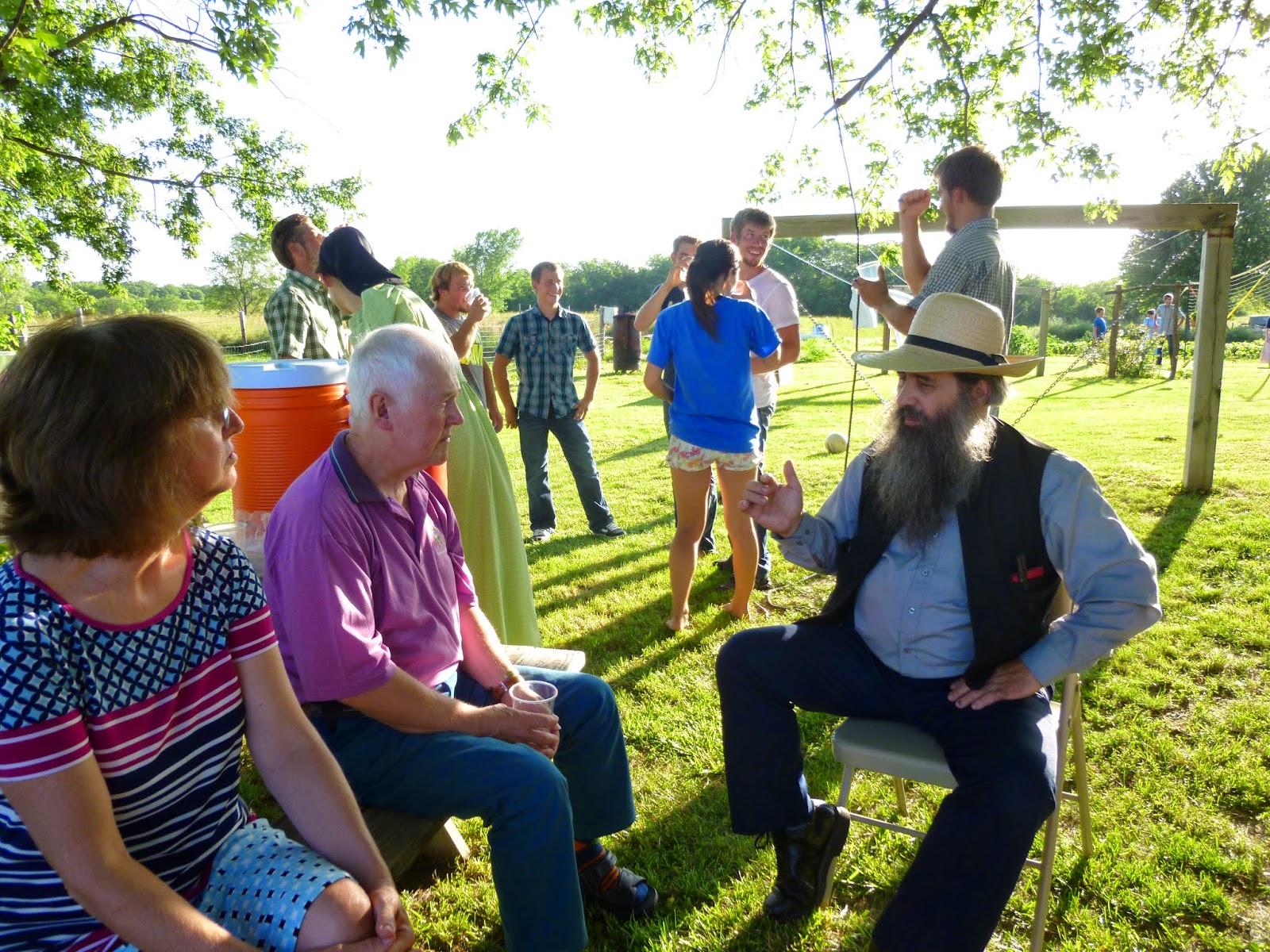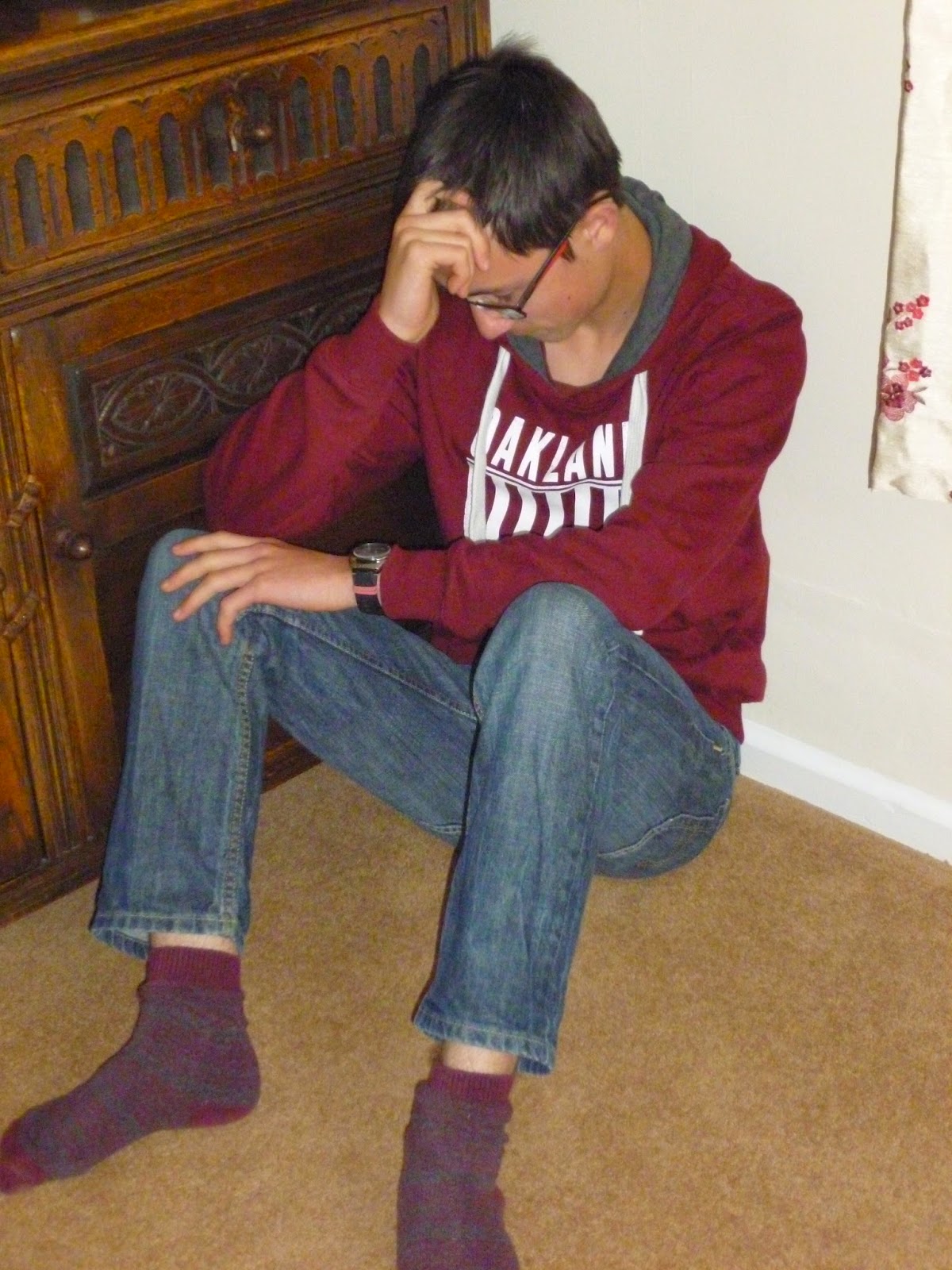It’s good to catch up with old friends, so I was delighted
this week to share a few emails with my old flame and confidant, the author
Teresa Moorey. It seems an age ago since we both attended an astrology course
run by the late Charles Harvey, a field in which Teresa received much acclaim
in later years.
The emails were prompted by a poem that I had posted on my
website. It was one that had been written whilst at university with her and I
was surprised and quite honoured that she remembered it. However, the
communication brought with it some sad news that her mother had recently died
and that her sister for whom I felt a great fondness, had died last year. With
the news, Teresa shared a beautiful moment with me. She wrote of ‘being’ with
her sister shortly after her death saying, “She was in a wonderful landscape where the
colours seemed to shine out of the grass and trees, and there was a succession
of bridges behind her. She stood in the meadow, younger looking and
happy, and I said ‘What are you going to do now, Annie?’ ‘Play’ she
replied.”
I was very moved by the vision. It was a reminder not only
of the greater reality that lies beyond this world but of the joy that play can
bring into our very essence. Perhaps it was something that had been missing for
Annie as it seems to be for so many people. As we get older and become ‘grown
ups’ we often loose the ability to play with the freedom of a child. We become
concerned that we have to display and preserve an image befitting our age,
profession or perceived status in the world. In short, we can become if not
boring, then too serious. Sometimes it’s good just to let go and remember the
innocence of childhood.
I found that hard to understand but in varying degrees, it
is an attitude that is not restricted to the gracious and hospitable Mennonite
people. Sometimes in the business world, one wonders what happened to a sense
of humour and a youthful spirit. I feel that one should remember that to play
with the enthusiasm of a child does not in itself make one ‘childish’ and,
indeed, that play is something we all need in our lives along with a generous
dose of laughter.






